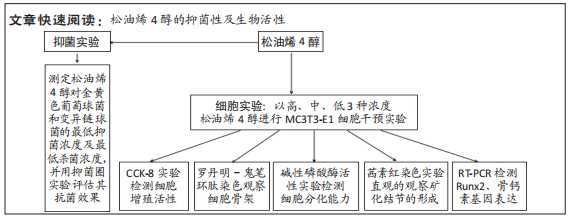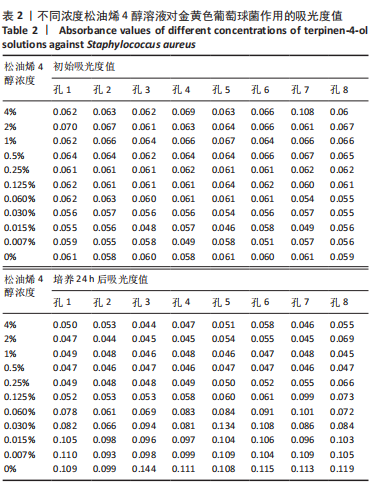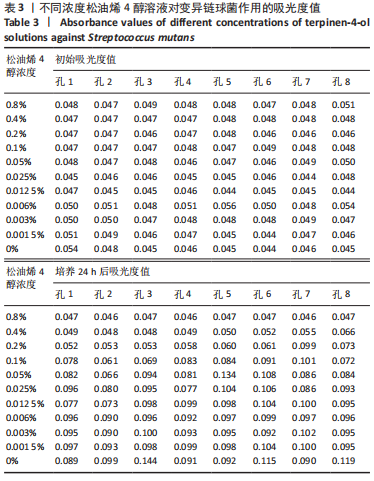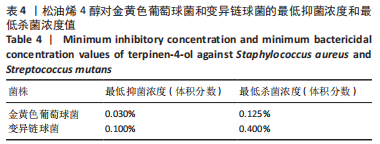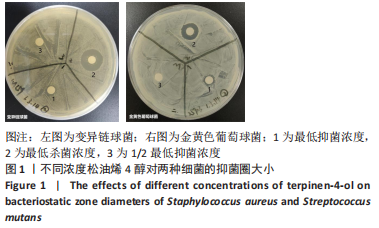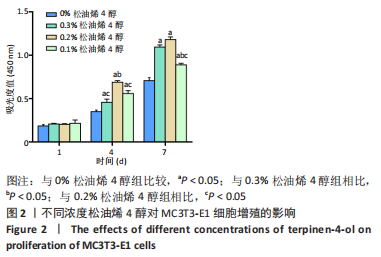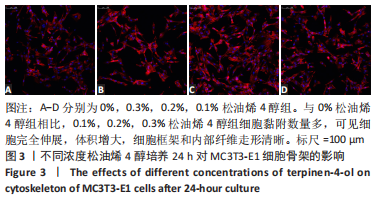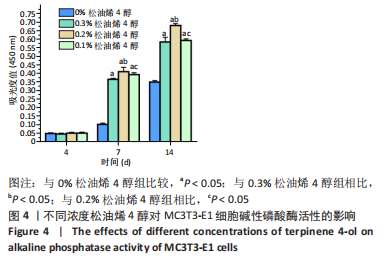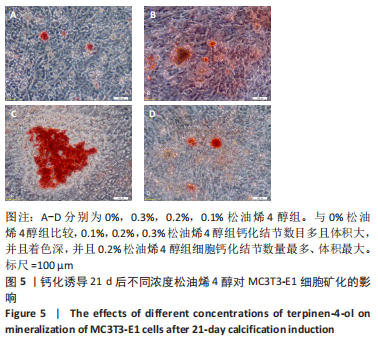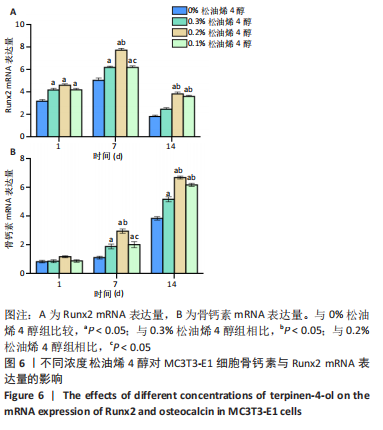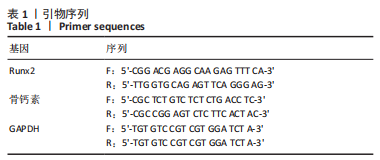[1] PENG K, ZHOU Y, DAI Y, et al. The effect of denture restoration and dental implant restoration in the treatment of dentition defect: a systematic review and meta-analysis. Ann Palliat Med. 2021;10(3): 3267-3276.
[2] ANDERSON N, LORDS A, LAUX R, et al. Retrospective Analysis of the Risk Factors of Peri-implantitis. J Contemp Dent Pract. 2020;21:1350-1353.
[3] AHN DH, KIM HJ, JOO JY, et al. Prevalence and risk factors of peri-implant mucositis and peri-implantitis after at least 7 years of loading. J Periodontal Implant Sci. 2019;49:397-405.
[4] 朱睿,刘蔚晴,张鹏,等.种植体周围炎小鼠模型的研究进展[J].四川大学学报(医学版),2020,51(6):767-770.
[5] KARATAS O, BALCI YUCE H, TASKAN MM, et al. Histological evaluation of peri-implant mucosal and gingival tissues in peri-implantitis, peri-implant mucositis and periodontitis patients: a cross-sectional clinical study. Acta Odontol Scand. 2020;78:241-249.
[6] BUSER D, INGIMARSSON S, DULA K, et al. Long—term stability of osseointegrated implants in augmented bone:a 5-year prospective study in partially edentulous patients. Int J Periodontics Restorative Dent. 2002;22(2):109-117.
[7] ZHAO L, CHU PK, ZHANG Y, et al. Antibacterial coatings on titanium implants. J Biomed Mater Res B Appl Biomater. 2009;91(1):470-480.
[8] KOMATSU K, SHIBA T, TAKEUCHI Y, et al. Discriminating Microbial Community Structure Between Peri-Implantitis and Periodontitis With Integrated Metagenomic, Metatranscriptomic, and Network Analysis.Front Cell Infect Microbiol. 2020;10:596490.
[9] KENSARA A, HEFNI E, WILLIAMS MA, et al. Microbiological Profile and Human Immune Response Associated with Peri-Implantitis: A Systematic Review. J Prosthodont. 2021;30:210-234.
[10] SALVI GE, FURST MM, LANG NP, et al. One-year bacterial colonization patterns of Staphylococcus aureus and other bacteria at implants and adjacent teeth. Clin Oral Implants Res. 2008;19(3):242-248.
[11] SHIAU HJ. Limited Evidence Suggests That Adjunctive Antimicrobial Photodynamic Therapy May Not Provide Additional Clinical Benefit to Conventional Instrumentation Strategy Alone in Periodontitis and Peri-implantitis Patients. J Evid Based Dent Pract. 2019;19:101346.
[12] 程刚,王留宏,杨惠,等.氯己定联合机械清创对种植体周围炎的治疗效果及对患者SF-36评分的影响[J].上海口腔医学,2020,29(4): 400-404.
[13] BOROLOI AK. Essential oils of Zing ibercassumunar from north east India. JEOR. 1999;11(4):441-445.
[14] YASIN M, YOUNIS A, JAVED T, et al. River Tea Tree Oil: Composition, Antimicrobial and Antioxidant Activities, and Potential Applications in Agriculture. Plants (Basel). 2021;10(10):2105.
[15] PAZYAR N, YAGHOOBI R, BAGHERANI N, et al. A review of applications of tea tree oil in dermatology. Int J Dermatol. 2013;52(7):784-790.
[16] RIPARI F, CERA A, FREDA M, et al. Tea Tree Oil versus Chlorhexidine Mouthwash in Treatment of Gingivitis: A Pilot Randomized, Double Blinded Clinical Trial. Eur J Dent. 2020;14(1):55-62.
[17] NOUMI E, MERGHNI A, M ALRESHIDI M, et al. Chromobacterium violaceum and Pseudomonas aeruginosa PAO1: Models for Evaluating Anti-Quorum Sensing Activity of Melaleuca alternifolia Essential Oil and Its Main Component Terpinen-4-ol. Molecules. 2018;23(10):2672.
[18] MAQUERA-HUACHO PM, TONON CC, CORREIA MF, et al. In vitro antibacterial and cytotoxic activities of carvacrol and terpinen-4-ol against biofilm formation on titanium implant surfaces. Biofouling. 2018;34(6):699-709.
[19] 宋玉梦,周红艳,黄鑫,等.茶树精油对变异链球菌抑菌浓度及效力的探究[J].实用口腔医学杂志,2020,36(5):701-705.
[20] BUCCI AR, MARCELINO L, MENDES RK, et al. The antimicrobial and antiadhesion activities of micellar solutions of surfactin, CTAB and CPCl with terpinen-4-ol: applications to control oral pathogens. World J Microbiol Biotechnol. 2018;34(6):86.
[21] FERRINI AM, MANNONI V, AURELI P, et al. Melaleuca alternifolia essential oil possesses potent anti-staphylococcal activity extended to strains resistant to antibiotics. Int J Immunopathol Pharmacol. 2006; 19(3):539-544.
[22] 周思佳,姜文学,尤佳.骨缺损修复材料:现状与需求和未来[J].中国组织工程研究,2018,22(14):2251-2258.
[23] SCHWARZ F, DERKS J, MONJE A, et al. Peri-implantitis. J Periodontol. 2018;89 Suppl 1:S267-S290.
[24] ALSAADI G, QUIRYNEN M, KOMÁREK A, et al. Impact of local and systemic factors on the incidence of late oral implant loss. Clin Oral Implants Res. 2008;19(7):670-676.
[25] BERGLUNDH T, JEPSEN S, STADLINGER B, et al. Peri-implantitis and its prevention. Clin Oral Implants Res. 2019;30(2):150-155.
[26] FU JH, WANG HL. Breaking the wave of peri-implantitis. Periodontol 2000. 2020;84(1):145-160.
[27] ROCCUZZO M, LAYTON DM, ROCCUZZO A, et al. Clinical outcomes of peri-implantitis treatment and supportive care: A systematic review. Clin Oral Implants Res. 2018;29 Suppl 16:331-350.
[28] WIEDEMANN TG. A Clinical Approach to Treatment of Retrograde Peri-Implantitis.Compend Contin Educ Dent. 2021;42(4):e5-e9.
[29] BROOKES ZLS, BELFIELD LA, ASHWORTH A, et al. Effects of chlorhexidine mouthwash on the oral microbiome. J Dent. 2021;113:103768.
[30] TETÈ G, CATTONI F, POLIZZI E. Anti-discoloration system: a new chlorhexidine mouthwash. J Biol Regul Homeost Agents. 2021;35(4 Suppl.1):113-118.
[31] BORDINI EAF, TONON CC, FRANCISCONI RS, et al. Antimicrobial effects of terpinen-4-ol against oral pathogens and its capacity for the modulation of gene expression. Biofouling. 2018;34(7):815-825.
[32] CORDEIRO L, FIGUEIREDO P, SOUZA H, et al. Terpinen-4-ol as an Antibacterial and Antibiofilm Agent against Staphylococcus aureus. Int J Mol Sci. 2020;21(12):4531.
[33] LISTER JL, HORSWILL AR. Staphylococcus aureus biofilms: recent developments in biofilm dispersal. Front Cell Infect Microbiol. 2014; 4:178.
[34] HENNEICKE H, GASPARINI SJ, BRENNAN-SPERANZA TC, et al. Glucocorticoids and bone: local effects and systemic implications. Trends Endocrinol Metab. 2014;25(4):197-211.
[35] Komori T. Runx2, an inducer of osteoblast and chondrocyte differentiation. Histochem Cell Biol. 2018;149(4):313-323.
[36] NARAYANAN A, SRINAATH N, ROHINI M, et al. Regulation of Runx2 by MicroRNAs in osteoblast differentiation. Life Sci. 2019;232:116676.
[37] CHING HS, LUDDIN N, RAHMAN IA, et al. Expression of Odontogenic and Osteogenic Markers in DPSCs and SHED: A Review. Curr Stem Cell Res Ther. 2017;12(1):71-79.
[38] WANG Z, USTRIYANA P, CHEN K, et al. Toward the Understanding of Small Protein-Mediated Collagen Intrafibrillar Mineralization. ACS Biomater Sci Eng. 2020;6(7):4247-4255.
[39] LIU Y, LIU Q, LI Z, et al. Long non-coding RNA and mRNA expression profiles in peri-implantitis vs periodontitis. J Periodontal Res. 2020;55: 342-353.
[40] CORDEIRO L, FIGUEIREDO P, SOUZA H, et al. Terpinen-4-ol as an Antibacterial and Antibiofilm Agent against Staphylococcus aureus. Int J Mol Sci. 2020;21(12):4531.
|
